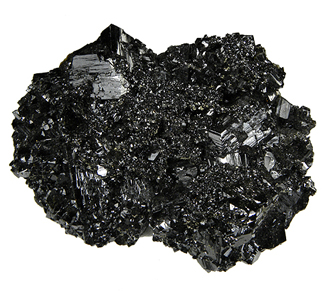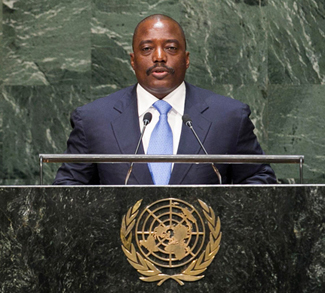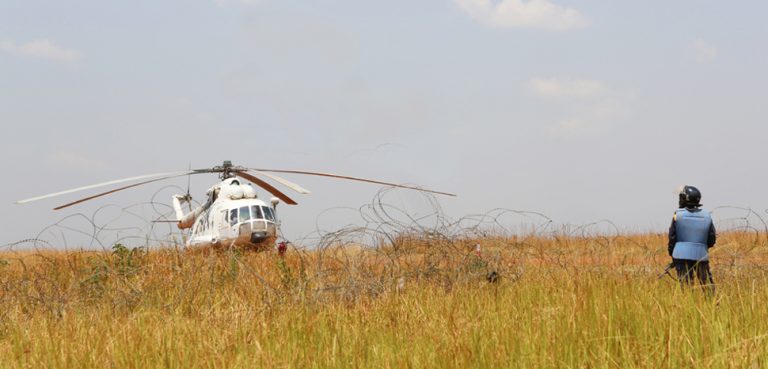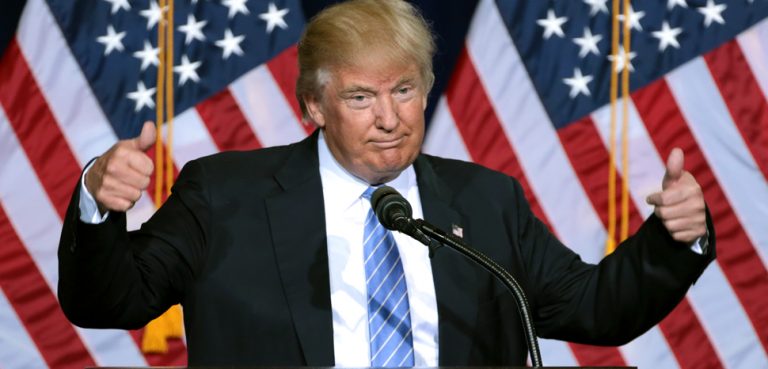Summary
A growing application base for tin means that the metal is in increasing demand globally, but its extraction can be politically difficult. As with other raw materials, many of the largest deposits of tin are found in countries with extremely dubious human rights records, including China, Myanmar, Rwanda, and the Democratic Republic of Congo (DRC). With tin technologies increasingly being used in everything from stainless steel production to the solar power industry, the global market is expected to reach 366.61 thousand metric tons by 2021. Despite the increasing demand however, companies of all sizes and in all sectors face an increasing expectation that their acquisition of raw materials, or even product parts, will comply with global legislation around ensuring ethically-sourced materials for parts and finished products.
Supply chain due diligence is increasingly important for companies at the end of complex global supply chains, including for sectors where manufacturers are buying finished parts to integrate into a complex final product, such as an electric car or a fighter jet. But companies also face great difficulties in ensuring they comply with legislation on ethically-sourced materials, particularly materials sourced from challenging markets like the DRC. Communication, language barriers, and gaps in knowledge of requirements all create significant challenges to achieving increased transparency regarding the true source of tin, particularly for companies far up the supply chain who are often buying finished components from multiple suppliers. Nevertheless, as repeated scandals around the production of electric cars have shown, it pays for manufacturers and producers to have mechanisms in place to increase procurement transparency.
Background
The global tin market. The global tin market was valued at US$7.41bn in 2014 and is projected to reach US$7.29bn by 2023 according to industry sources. It is valuable enough that mining companies such as Alphamin Resources have invested huge sums of money to develop new potential sources. For example, the first large-scale modern commercial tin mine in the eastern DRC, Alphamin Bisie Tin Mine, is expected to begin production in 2019. Globally, Central Africa, Russia, East Asia and Latin America are all big exporters of the metal, though China is the clear global leader at present. Other major sources include a number of the most troubled countries in the Great Lakes region of Africa, including the DRC, Burundi, Rwanda and Uganda.




